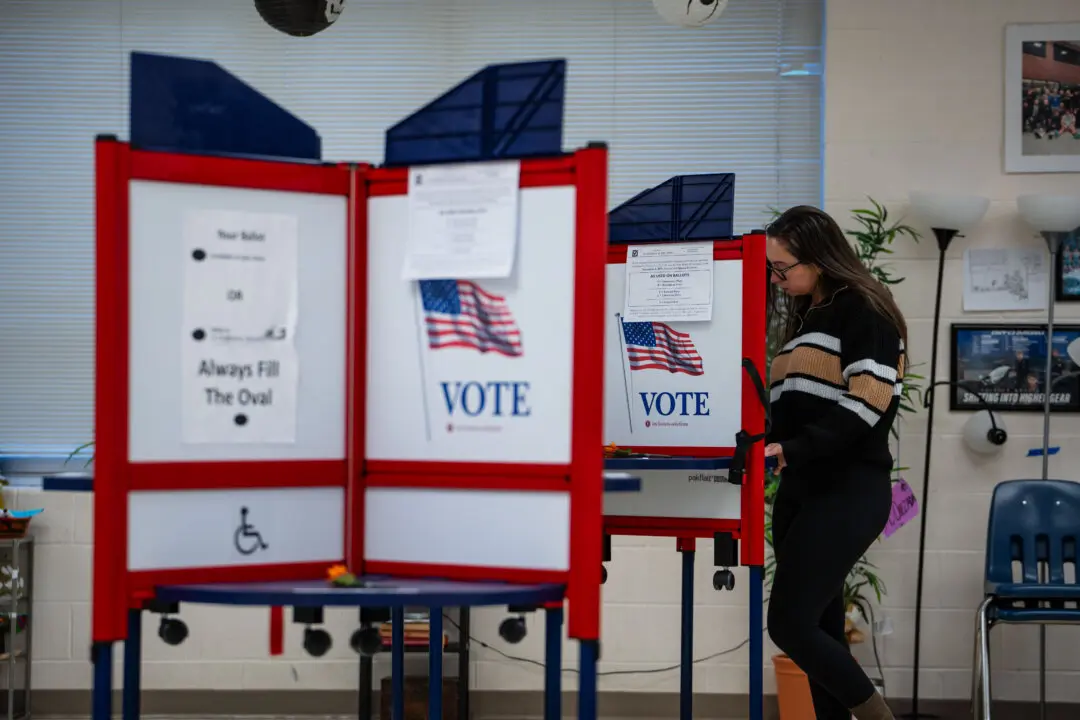The White House has named the veterinary tranquilizer xylazine as an “emerging threat” when it’s mixed with the powerful opioid fentanyl, noting that the combination is increasingly being used and triggering overdoses.
The decision to name the drug as such, announced on April 12, is the first time in U.S. history that the federal government declared a substance to be an emerging threat, according to a statement from Dr. Rahul Gupta, director of the Office of National Drug Control Policy.





